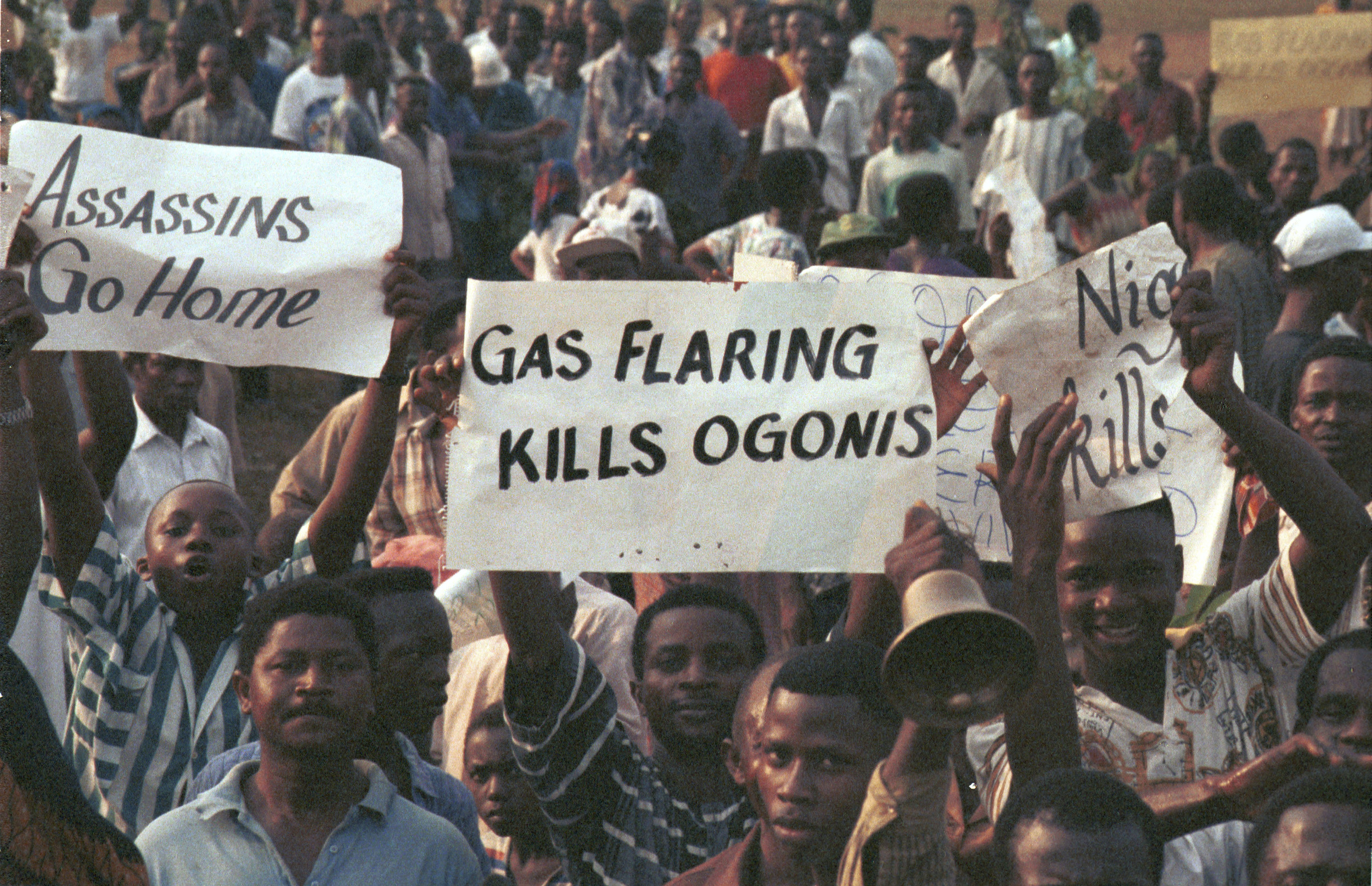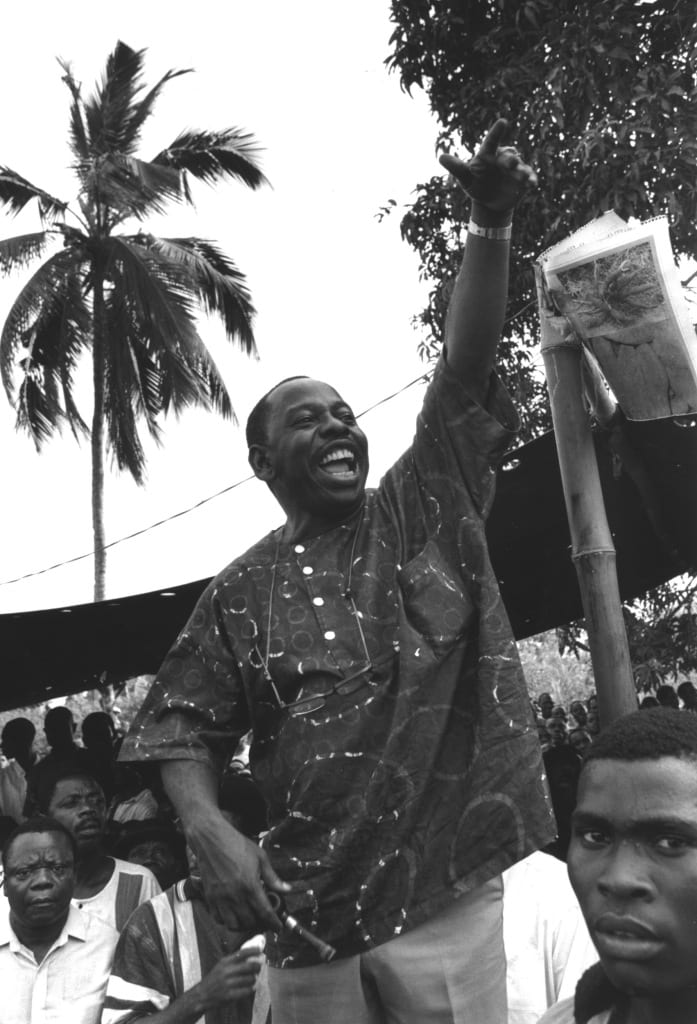The Warren County protest begins the environmental justice movement
In 1982, the US State of North Carolina decided that Warren County, a small, predominantly African-American community, was to host a dumpsite for toxic waste.
Many suspected that Warren County had specifically been chosen because of its African American population, as there appeared to be no other reason for it being a sensible place for the dumping site.
Enraged by this decision, the National Association for the Advancement of Colored People (NAACP) staged a massive protest at which many people lay in front of trucks and nearly 500 people were arrested.
It was one of the first major actions that highlighted the link between environmental damage and the neglect of black communities, and helped build links between a number of small groups and organisations that became the modern environmental justice movement in the US.
Black Lives Matter UK stops flights at London City Airport
Nearly three years before anyone ever heard of ‘Extinction Rebellion’, a group of nine brave activists from Black Lives Matter UK chained themselves together on the runway of London City Airport.
Their message was simple and undeniable – the habits of those in wealthy countries, such as frequent flying, contribute disproportionately to our warming planet and its people in the Global South who pay the price.
The climate crisis is, they argued, a symptom of racism. Public reaction to the protest was mixed (and it’s interesting to note that the activists themselves were predominantly white) but there’s no question this action and its message were powerfully prescient.
Climate crisis is a racist crisis. Cut emissions. Open borders. #Shutdown. pic.twitter.com/IUOaeaTrmw
— #BlackLivesMatterUK (@ukblm) September 6, 2016
The Ogoni people defy Shell in Nigeria
Since establishing operations in 1958, Shell Oil had been causing untold environmental destruction in Ogoniland, the oil-rich land of the Indigenous Ogoni people of South-East Nigeria.
According to independent records, between 1982 to 1992 alone, 1,626,000 gallons of oil were spilled during Shell’s operations in Nigeria, primarily due to relentless drilling and inadequate pipeline infrastructure.

Ogoni Day demonstration, Nigeria, 1993. The demonstration was officially called to mark the start of UNICEF’s International Year of Indigenous People, but unofficially it was against the Shell oil company. © Tim Lambon / Greenpeace
Following an ultimatum issued in 1993 by the Movement for the Survival of the Ogoni People (MOSOP), 300,000 Ogoni defiantly and peacefully protested the activities of Shell Oil.
This expression of people power was a success in the short term, as it forced Shell to temporarily suspend their operations.
However, since that time the Ogoni, in particular leaders and environmental activists, have been subject to brutal treatment from the Nigerian Government- including false imprisonment, torture and executions of the ‘Ogoni Nine’, including writer and activist Ken Saro-Wiwa.
The Ogoni accused Shell of supporting and instigating these and many other abuses. They continue to fight for justice to this day – including through courts in the US, and more recently in the Netherlands where Shell is headquartered.

Ken Saro-Wiwa speaking at the Ogoni Day demonstration in 1993. © Tim Lambon / Greenpeace



